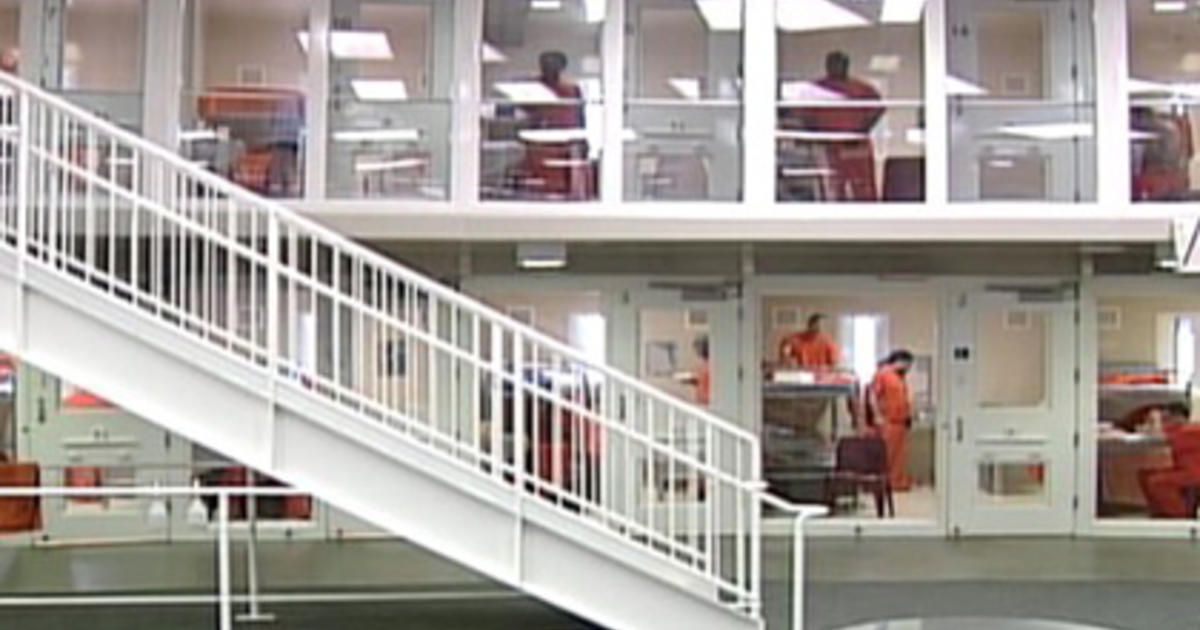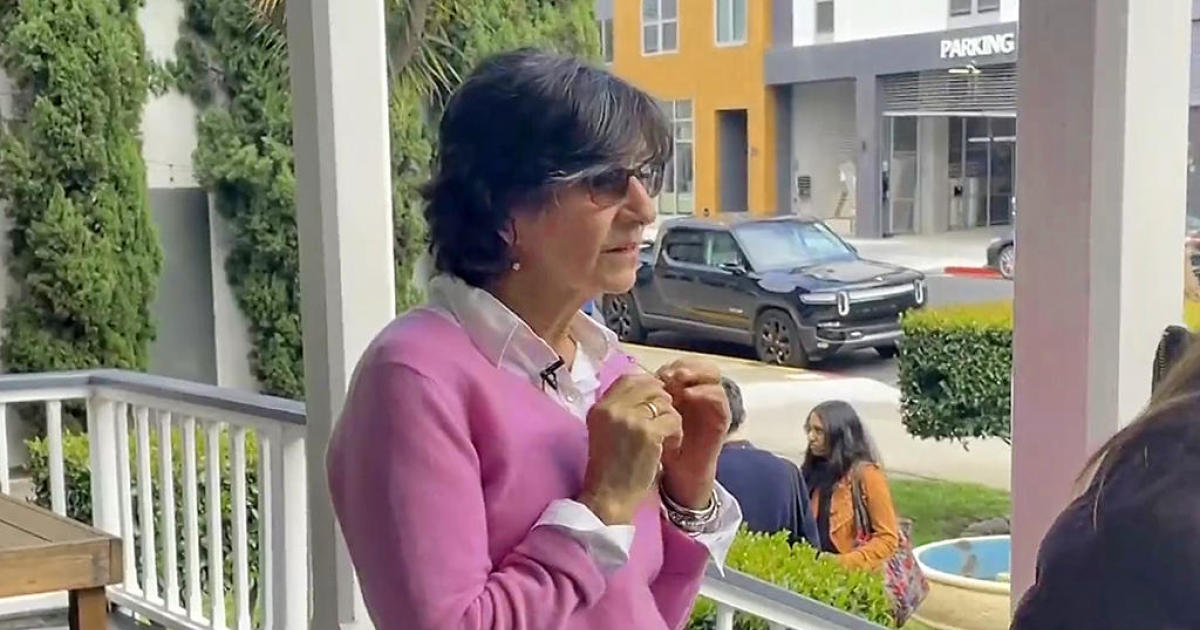California Ends Use Of Out-Of-State Prisons
SACRAMENTO, Calif. (AP) — Thirteen years after California began exporting thousands of felons to private prisons across the nation, the last convict boarded a bus back to California on Tuesday.
"This is an historic day for corrections, to be out of the out-of-state business," said Corrections Secretary Ralph Diaz.
It's important, he said, "to get them closer to their loved ones, because we realize that the family plays a huge role in their rehabilitation."
To make room for returning inmates, California shed nearly 50,000 inmates from its in-state prisons as voters and lawmakers eased criminal penalties and began housing lower-level criminals in county jails instead of state lockups.
Then-Gov. Arnold Schwarzenegger started shipping the inmates out of state in 2006 in what was supposed to be a temporary, stopgap alternative to freeing inmates from prisons so crowded that nearly 20,000 inmates were bunked three-deep in gymnasiums and dayrooms.
"When he did that, we thought, 'OK, let's go,'" recalled Donald Specter, director of the nonprofit Prison Law Office.
The prisons that year reached an all-time high of 173,479 inmates, more than double their design capacity. Specter and other inmate advocates won the creation of a special panel of three federal judges who eventually ruled that prisons were so jammed that they imperiled sick and mentally ill inmates.
"They had nothing to do all day and couldn't be protected from other people who preyed on them. Every nook and cranny was being filled with beds and even hallways for a time," Specter said.
Diaz, who was then a correctional captain, remembers the problems that caused.
"Trying to find activities (for inmates) that had meaning and purpose ... just with the sheer numbers that were inside the institutions, it was very difficult," he recalled.
The judges imposed a population cap in 2010 that the state fought to the U.S. Supreme Court before losing in 2011. By then, more than 10,000 inmates were housed in private prisons in Arizona, Michigan, Mississippi and Oklahoma. They had earlier also been in a Tennessee prison.
As attorney general, Jerry Brown was a vocal and combative opponent of the federal orders. But he switched gears once he became governor in 2011, eventually arguing that it was time to reverse some of the get-tough policies he had approved when he was first governor in the 1970s and 1980s.
Brown, lawmakers and voters subsequently approved a series of changes dramatically lowering the prison population.
"He acknowledged he probably could have never have reduced the prison population like he did without the court's ruling," Specter recalled. "It's sad that it took so long."
State prisons now house nearly 126,000 inmates, still about a third more than their design capacity.
"Prisons are still overcrowded," Specter said, "but they're less crowded than they were when we started."



